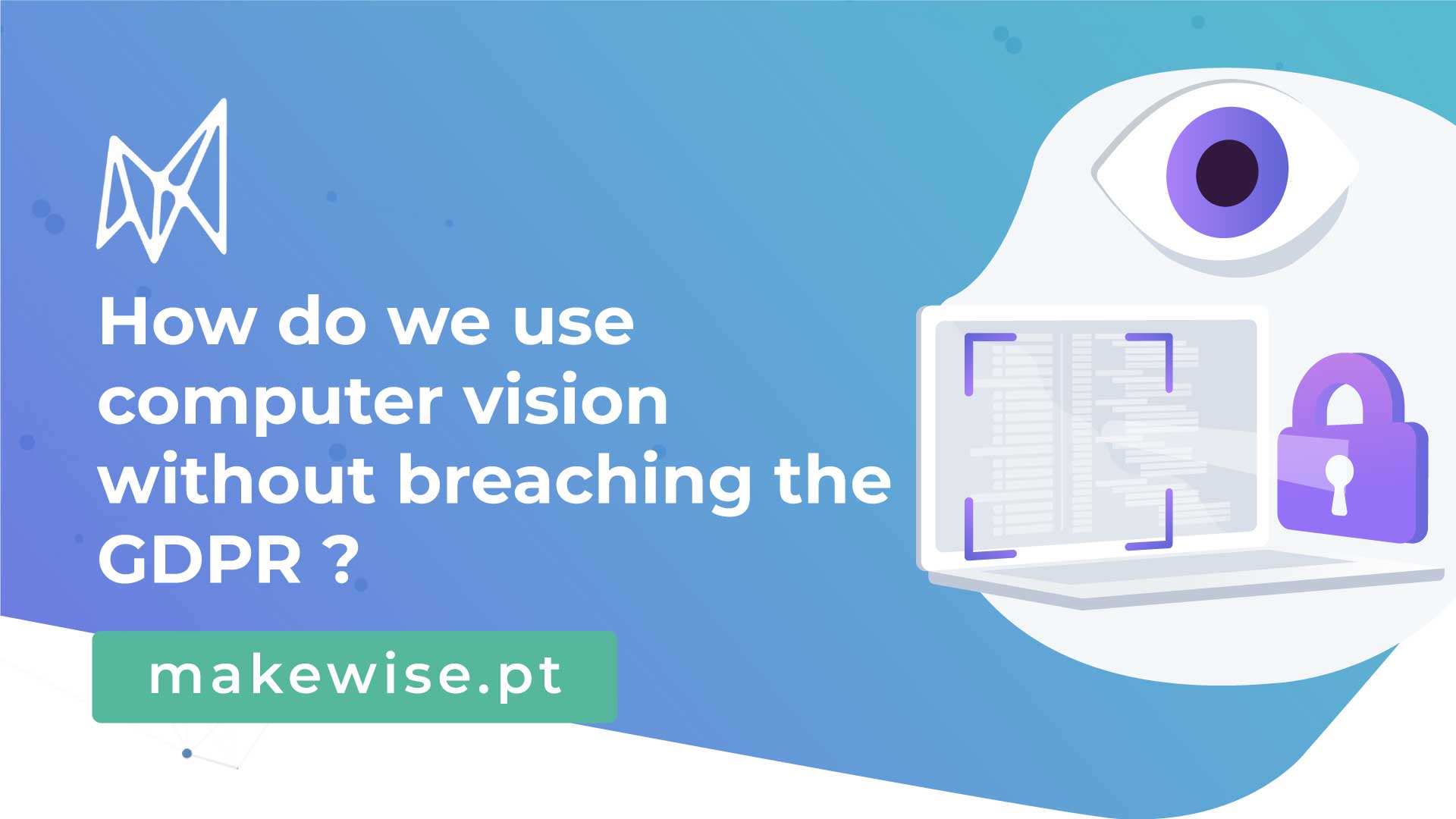Computer Vision (CV) technology is transforming the workplace by enabling automation, enhancing safety, and optimizing processes. However, with its power comes the responsibility to ensure it is used in compliance with data protection laws like the General Data Protection Regulation (GDPR). Protecting individual privacy while leveraging the benefits of CV is a critical challenge for organizations today.
Understanding GDPR’s impact on computer vision systems
Under GDPR, personal data includes any information that can identify an individual, such as video or image data where faces are visible. CV systems processing such data must ensure compliance with GDPR rules to avoid potential legal and financial penalties. Organizations must adopt strategies that prioritize transparency, limit data collection, and reduce privacy risks while implementing CV technology in the workplace.
Six key data protection principles for computer vision compliance







- Transparency and notification
Inform individuals clearly and openly about the use of CV systems, their purposes, and how the data will be handled. Use visible signage and detailed policies to maintain transparency. - Purpose specification
Collect and process data only for explicitly stated purposes. For example, if the CV system is used for security monitoring, the data should not be repurposed for unrelated tasks like employee performance evaluations without prior consent. - Data minimization
Gather only the data necessary for the defined purpose. Techniques like anonymization or reducing image resolution can help minimize the risk of identifying individuals unnecessarily. - Accuracy of data
Ensure that all collected data is accurate and up-to-date. Regular reviews and corrections are essential to prevent inaccuracies that could lead to unfair outcomes or misuse of information. - Retention limitation
Retain data only for as long as necessary to fulfill its purpose. Establish strict data retention policies and securely delete information once it is no longer needed to minimize risks. - Robust security measures
Protect data from unauthorized access or breaches through encryption, access control systems, and routine security assessments. These measures help safeguard personal information and maintain compliance with GDPR requirements.
Innovative solutions for privacy-centric computer vision
Modern CV solutions are designed with privacy in mind, offering features like automated anonymization and advanced data filtering. These tools allow organizations to benefit from CV technology while aligning with GDPR principles. By integrating such privacy-focused systems, businesses can address compliance challenges effectively and responsibly.
Integrating computer vision into the workplace presents immense opportunities for efficiency and innovation. However, ensuring GDPR compliance requires a commitment to protecting personal data through thoughtful implementation and adherence to key data protection principles. With the right approach, organizations can balance technological advancements with ethical and legal responsibilities, paving the way for a privacy-conscious future.
LESS.Vision: Advanced Flow Monitoring Technology
In this sense, LESS.Vision is an innovative solution designed to monitor and analyze the flow of people and vehicles, ensuring efficiency in various environments such as urban spaces, events, and commercial operations. To ensure compliance with the GDPR, it uses data solely to provide relevant information to space administrators, retains images only for fractions of a second—just enough time to process them and extract data—and includes encryption features.
Key Features:
- Real-Time Monitoring: Track space occupancy in critical areas like roads, parks, and shopping centers.
- Data Insights and Forecasting: Access historical data and predict flow patterns for seasonal or regular events.
- Versatility Across Fields: Useful for traffic studies, event management, and public or private space monitoring.
LESS.Vision belongs to MakeWise’s ecosystem of tools, complementing solutions like Plate.Vision (license plate recognition) and Aid.Vision (incident detection). Successfully implemented in the town of Óbidos, LESS.Vision exemplifies the fusion of cutting-edge technology with practical applications, offering safety, efficiency, and precision in flow management.
Ready to transform your operations? Contact us today!

